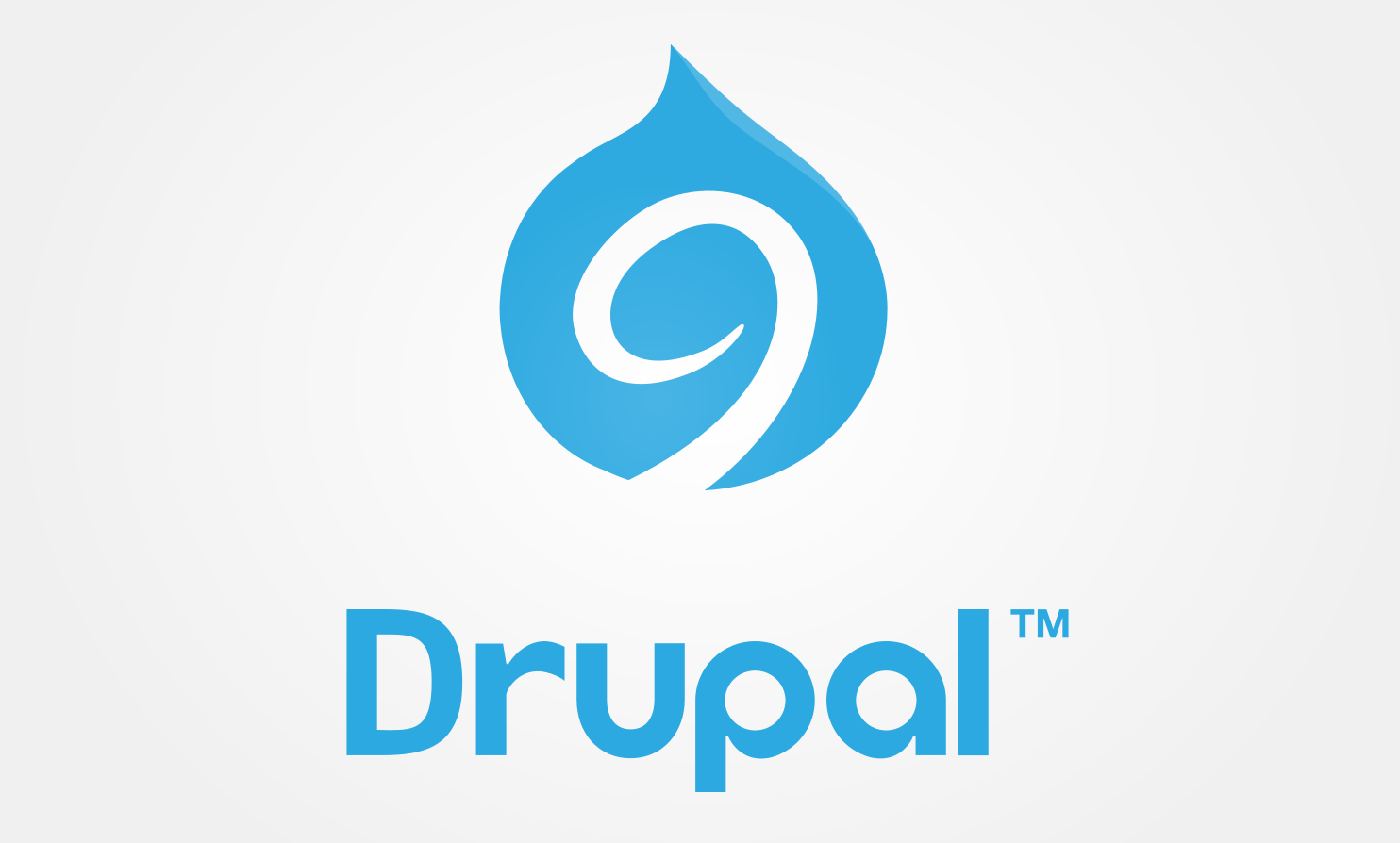If you would like to hear more details about the projects described below, please contact our Drupal Delivery Manager Eugene Kunda (eugene.kunda@helmes.com).
A Simpler Site Migration
Project description
The client is one of the three largest human resource agencies in Germany. During the last 10 years, the company’s experts have helped recruit personnel for hundreds of companies from various industries. The agency specializes in industries such as business, IT, logistics, medicine, and retail.
At the beginning of the assignment, the German HR agency chose a strict, conservative style for its look. Large companies focused on recruiting account for roughly 80 percent of the company’s website traffic.
The challenge
However, as the agency expanded and acquired a group of regular customers, it struggled with attracting users beyond its core base. The reason was that people from more creative industries looking for work did not find the agency’s website met their needs and expectations.
The solution
Helmes was tasked with solving this problem. After analyzing site visits, we found that 70 percent of the companies looking for employees are located in Germany and communicate in German, while applicants from countries outside Germany favor English in 85 percent of their applications.
To improve the online experience for both companies with positions and job seekers, we decided to update the existing German-language website design, leaving it with its restrained style, while developing a new site with an explosive design, modern interface and accessible only to English-speaking users.
We conducted a site audit that identified stakeholders’ needs in the long term and developed a step-by-step plan for developing the product in the future, helping to eliminate risks. Redesigns based on Drupal 7 are three times more expensive than developing new sites on Drupal 9 since the Drupal 7 and 9 versions do not support backward compatibility. Also, active support for Drupal 7 will end in November 2022, which would force the client to redesign the product due to security threats.
It was decided to develop two versions of the site for different target audiences based on Drupal 9, making it possible to make changes and try marketing ideas quickly. This decision turned out to be more convenient for both employees of this company and users. The lack of complex integration or complex functionality allowed the site to migrate to the new Drupal 9 platform in 160 hours. Because Drupal 9 supports multilingualism and multisite content, versions for different target audiences are among the fastest and most efficient solutions that can be implemented, usually taking from 20 to 40 hours.
The results
The agency now has two different sites, each of which works for different target audiences. Creative people looking for work turned to the service in increasing numbers. Regular users visited a site they already knew, which still met all of their requirements, but received some updates. And after migration, each site became 100 percent mobile device compliant and SEO friendly.
Our discoveries/lessons learned
As a result, our team significantly improved their writing documentation skills for developers and working on Agile. German customers are very demanding on the quality of the work performed and the development artifacts transferred to their use.
During migration, we compiled a list of UI/UX recommendations for German-speaking and English-speaking countries. This step can significantly reduce UI/UX costs on future projects.
A more complex site migration
Project description
We were approached by a well-functioning company that is an importer of household appliances. This company had an extensive dealer network and had significant positions in its local market in offline trade.
The client was interested in developing their website as an effective online sales tool. Their ultimate goal is to earn 60 percent of all sales from their online site.
The challenge
The company had a Drupal 7 website with the functionality of an online store. But the necessary improvements to this version, which would allow the site to be used as a useful tool for online sales, exceeded the budget for creating a new Drupal 9 website by 300 percent.
Drupal 7 does not support the necessary integrations with payment and CRM systems and forcing the development of custom modules, increasing development, stabilization, and testing time, and requiring more technical support efforts. Also, due to the limited capabilities of the Drupal 7 architecture, it would not allow for the long-term development of an online store.
The solution
We conducted research on the client’s business domain, collected the requirements of the sales and marketing departments, and came to the conclusion that in the long term, migration is 30 percent more profitable since the plan for the development of online sales of the site provides for integration with third-party systems and rapid testing of new products.
The results
After four months, we released a live version of Drupal 9 for our client. In the first six months, 20 percent of its offline sales shifted to its website. Currently, the company’s online store catalog contains more than 120 sections and 100,000 unique products. Online store sales increased by 40% compared to retail sales.
After the project was completed, our work was not over. We are continually working with the owner to add new features and provide high-performance modifications for the desktop and mobile versions. Each month, the site breaks records in traffic and sales among competitors as it expands into the international market.
Within a week, Drupal 9 can be modified for new functionality and integration and launch marketing campaigns for different target audiences in multiple languages in the EU, while following the requirements of GDPR.
Our discoveries/lessons learned
As a result, the project team implemented CI/CD on the project. Continuous integration, continuous delivery, and continuous deployment are some of the main concepts attributed to CI/CD; it introduces ongoing automation in building, testing, and deploying new code to bridge the gaps between development and operation activities and teams. Utilizing CI/CD has become an essential skill for working with an e-commerce project.
SEE ALSO: Our Expertise and Solutions
